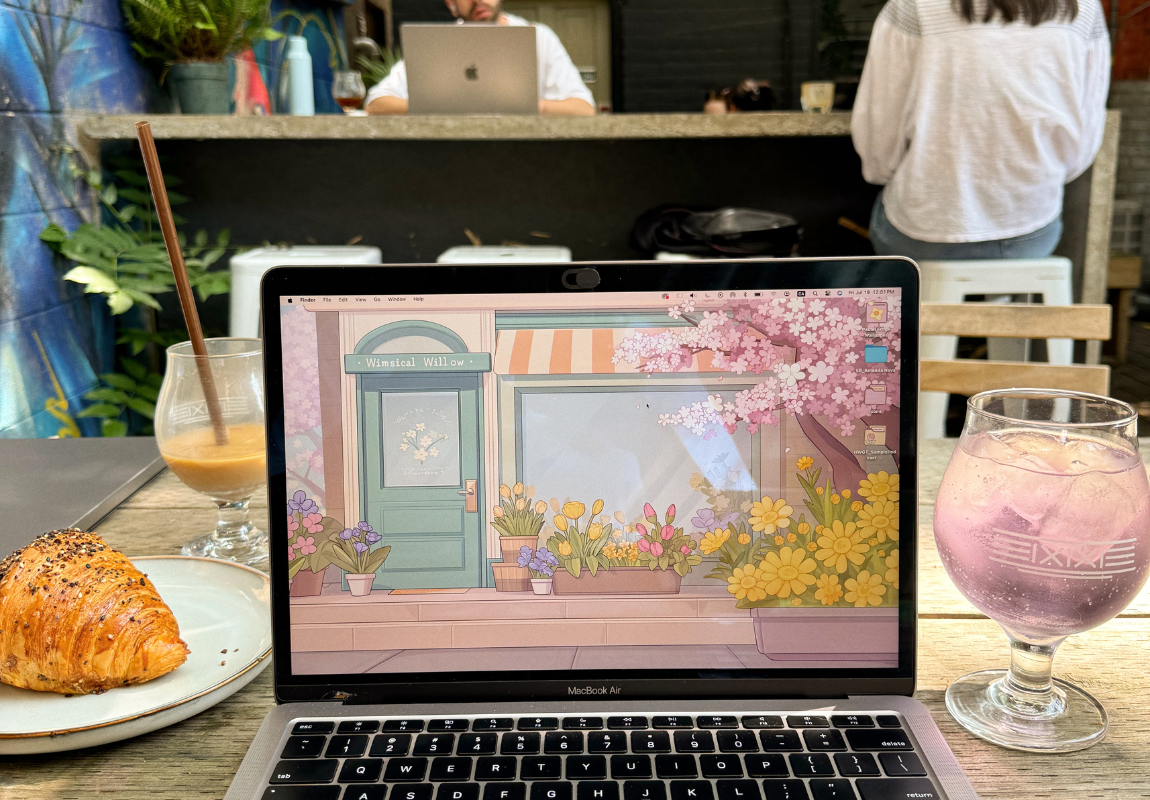You’ve seen it happen. You’re mindlessly scrolling through reels when suddenly something catches your attention and you stop.
What made you pause? It wasn’t an accident – it was a carefully crafted hook.
The first few seconds of your reel determine whether viewers stay or scroll away. Let’s dig into what makes a truly effective hook and how you can create ones that actually work for your content.
The Psychology Behind Great Hooks
The average person’s attention span on social media is shockingly brief. Research shows you have about 1.7 seconds to capture someone’s interest before they move on.
Your hook needs to trigger an immediate emotional or intellectual response.
When someone encounters your content, their brain is rapidly deciding: “Is this worth my time?” A strong hook interrupts this automatic filtering process by activating what psychologists call the brain’s “novelty bias” – our natural attraction to anything new, surprising, or potentially useful.
The Five Hook Frameworks That Actually Convert
1. The Curiosity Gap
This hook works by creating an information gap between what the viewer knows and what they want to know. Our brains are hardwired to resolve cognitive tension.
How to use it: Make a statement that seems counterintuitive or incomplete. For example: “I discovered why expensive skincare products were making my acne worse – the answer surprised even my dermatologist.”
Why it works: The human brain seeks closure. When we sense there’s information we don’t have, we experience mild psychological discomfort until we resolve it.
2. The Problem-Solution Bridge
We’re naturally drawn to content that promises to solve our problems or make our lives easier.
How to use it: Clearly identify a specific pain point your audience experiences, then hint at your solution. For example: “Tired of spending hours editing reels only to get minimal engagement? This 3-step formula doubled my views overnight.”
Why it works: The problem recognition creates immediate relevance, while the promise of a solution offers hope and practical value.
3. The Pattern Interrupt
This approach challenges conventional wisdom or disrupts what people think they know.
How to use it: Make a statement that contradicts common beliefs in your niche. For example: “The popular ‘post at peak times’ strategy is actually killing your reach – here’s what data shows works instead.”
Why it works: When someone encounters information that contradicts their existing beliefs, they experience cognitive dissonance. This mental friction makes them more likely to pay attention to resolve the contradiction.
4. The Credibility Booster
This hook establishes your authority or shares results that create immediate trust.
How to use it: Lead with an achievement or result that positions you as a credible source. For example: “After helping 50+ creators reach 100K followers, I’ve identified the single biggest mistake most are making.”
Why it works: Social proof and demonstrated expertise trigger what psychologists call “authority bias” – our tendency to trust information from sources we perceive as knowledgeable.
5. The High-Stakes Frame
This approach immediately elevates the importance of your content by highlighting what’s at risk.
How to use it: Emphasize the cost of not knowing this information. For example: “Most creators are unknowingly violating this new platform guideline – it could get your account shadowbanned.”
Why it works: Loss aversion is a powerful psychological force. Studies show we’re more motivated to avoid losses than to acquire equivalent gains.
Crafting Hooks That Feel Authentic To You
The most effective hooks align with your brand voice and deliver on their promise. Here’s a practical framework for developing hooks that feel genuine:
- Identify your content’s core value proposition. What specific benefit will viewers get from watching your entire reel? Your hook should telegraph this value.
- Use your natural language. The most compelling hooks sound like something you’d actually say in conversation. Record yourself explaining your content to a friend, then listen for natural phrases you can adapt.
- Focus on transformation, not information. Don’t promise “5 editing tips” – promise “how to edit reels in half the time” instead. The former offers information; the latter offers transformation.
- Test systematically. Create 3-5 different hooks for similar content pieces and track which performs best. Look for patterns in what resonates with your specific audience.
Common Hook Mistakes To Avoid
Even seasoned creators make these errors that weaken their hooks:
- Being too vague: “This changed everything for me” doesn’t tell viewers anything specific enough to grab attention.
- Creating false urgency: Claiming every piece of content is “urgent” leads to audience fatigue and damages trust.
- Overpromising: If your hook creates expectations your content can’t fulfill, viewers will feel misled and may not return.
- Copying trending hooks verbatim: What works for a finance creator probably won’t work for a cooking channel. Adapt hook structures to your niche.
From Hook To Retention: The Full Picture
A great hook gets viewers to stop scrolling, but you need to maintain that interest. Structure your reel with these elements:
- Hook (0-3 seconds): Stop the scroll
- Bridge (3-5 seconds): Connect hook to content
- Value (5-45 seconds): Deliver on your promise
- CTA (final 5 seconds): Tell viewers what to do next
The hook opens the door, but your content quality determines whether viewers will follow you through it.
Your Next Steps
Start by analyzing the last 5-10 reels that made you stop scrolling. What specific elements caught your attention? Was it a surprising statement? A relatable problem? A bold claim?
Then create a “hook swipe file” where you collect effective hooks you encounter. Adapt these structures (never copy verbatim) to fit your content topics and personal style.
Remember, the perfect hook isn’t about tricking viewers – it’s about quickly communicating the value your content provides. When your hooks honestly represent your content’s value, you don’t just gain views; you build a loyal audience that trusts you enough to stop scrolling whenever you appear on their feed.
What will your next scroll-stopping hook be?
